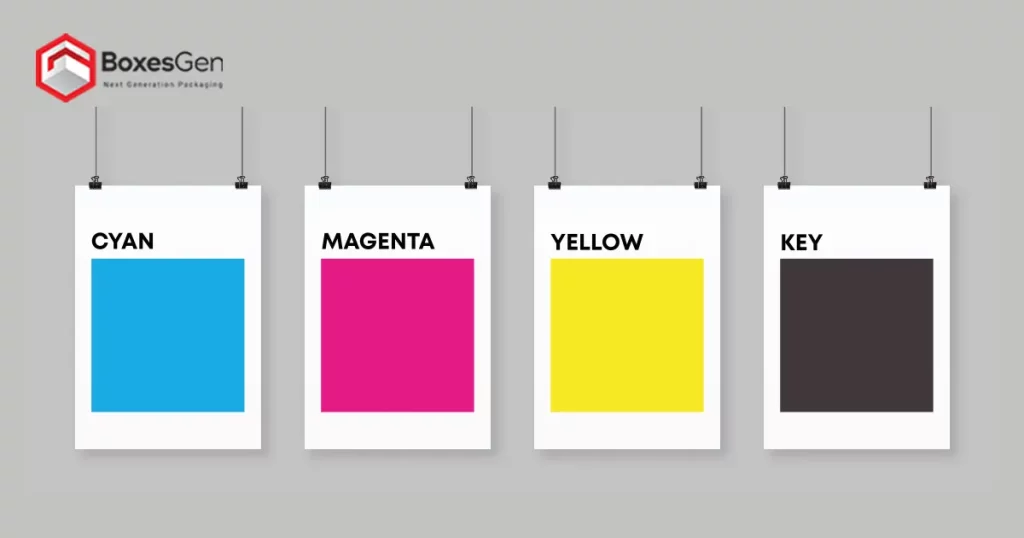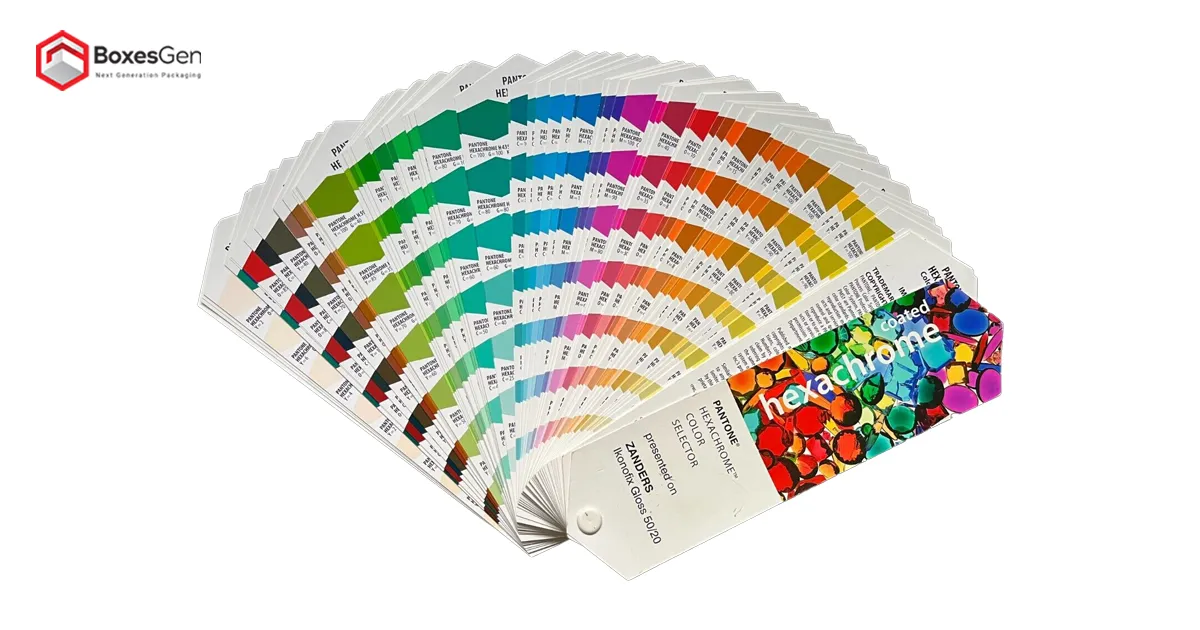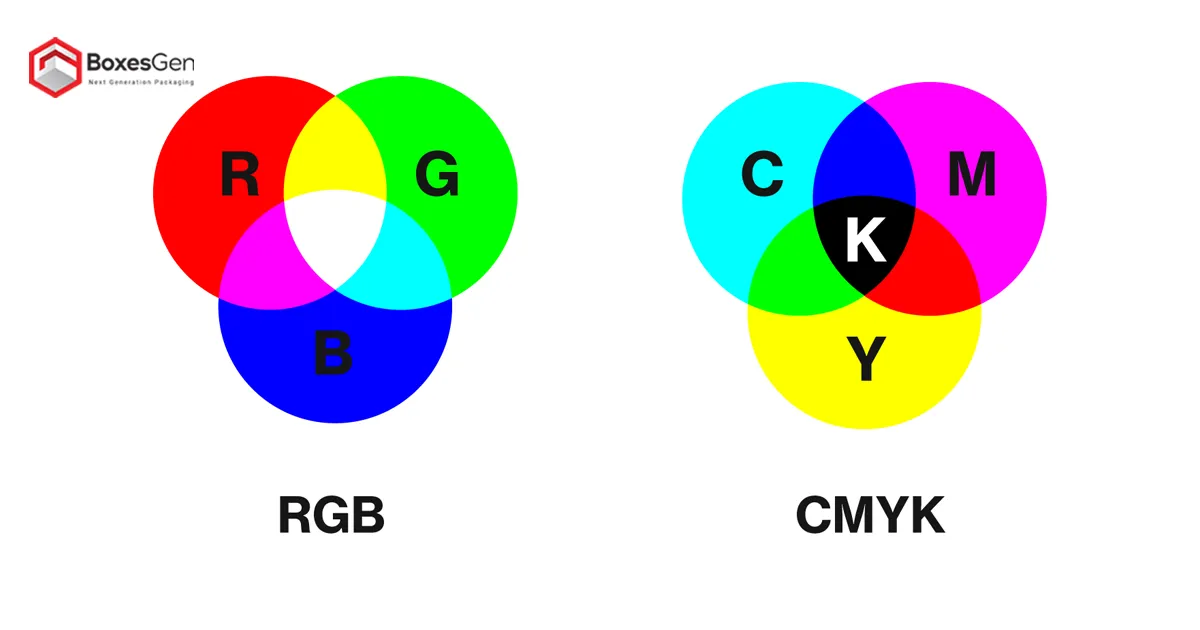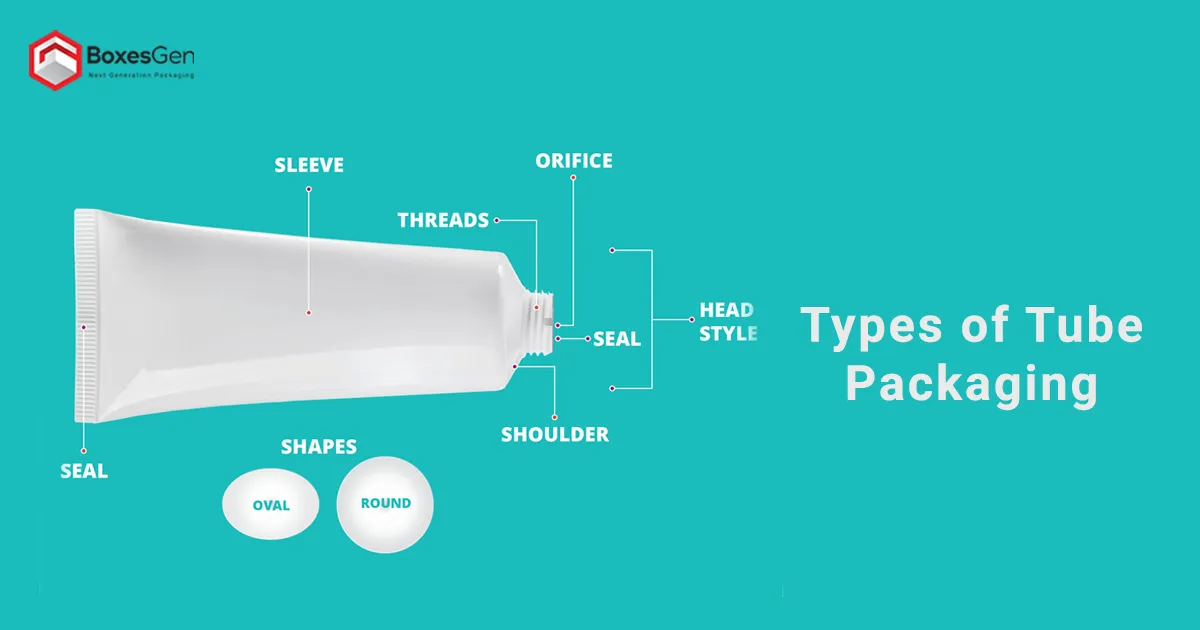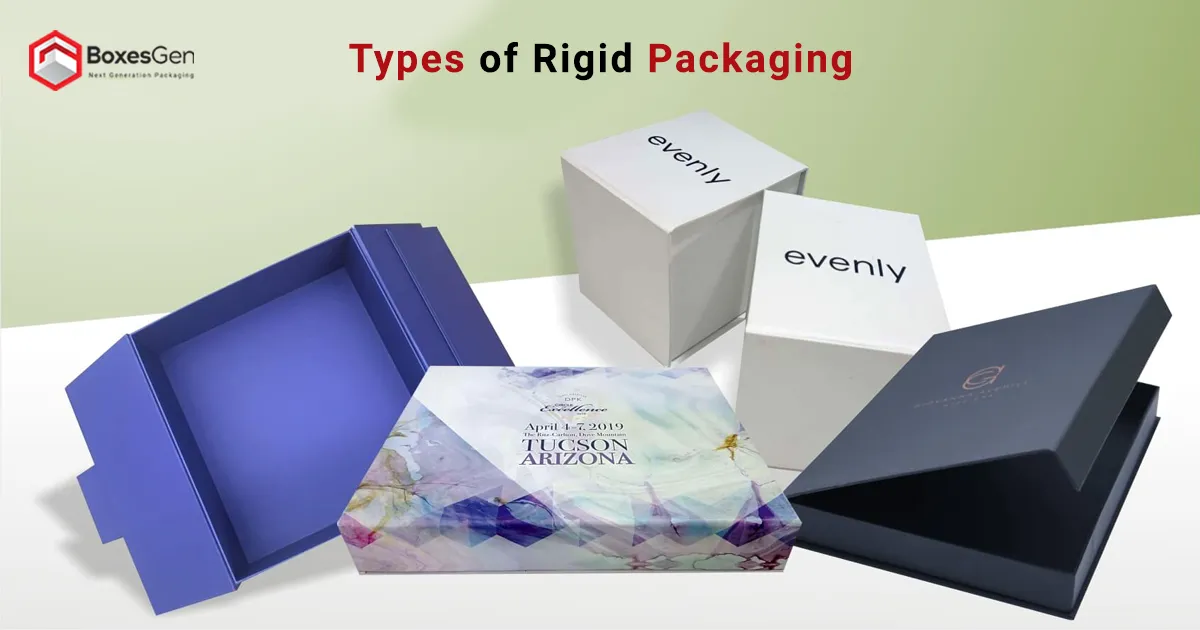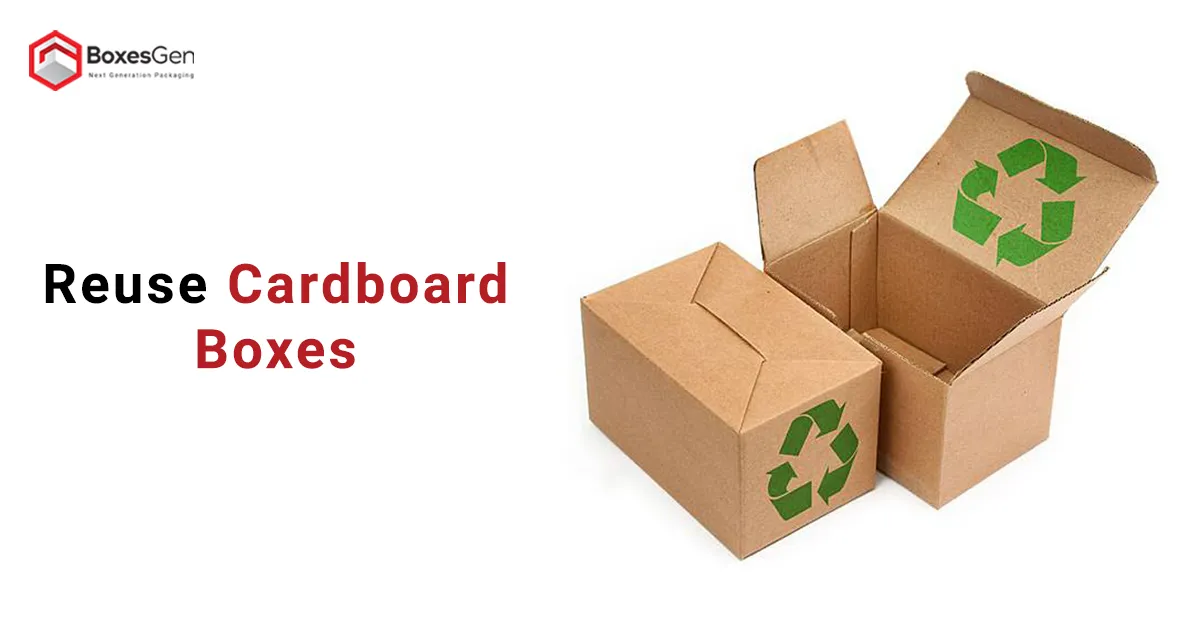What Is the CMYK Printing Process
CMYK, an acronym derived from Cyan, Magenta, Yellow, and Key (black), is a color model widely used in the printing industry. It is the foundation for reproducing a broad spectrum of colors in printed materials. The CMYK model relies on subtractive color mixing, combining pigments to achieve the desired hues. Unlike the additive RGB (Red, Green, Blue) model used in digital displays, CMYK is crucial for producing high-quality printed materials such as brochures, magazines, and posters.
Understanding the distinctions between RGB and CMYK color models in packaging printing is crucial for achieving accurate and vibrant results in various applications. Regarding Custom Packaging Printing, including cardboard, corrugated, and Paperboard Printing, the choice of CMYK color model plays a significant role. For packaging materials like Vape Printing, food box printing, Gift Boxes, Cosmetic Box Printing, Hair Extension Boxes, bakery box printing, CBD Box Printing, and Retail Box Printing, CMYK is the preferred color model due to its suitability for the subtractive color mixing process used in traditional printing methods. This ensures that the final printed packaging accurately reflects the intended colors, contributing to a visually appealing and consistent brand presentation.
Businesses Engaged in Sticker Printing
Moreover, businesses engaged in Paper Sticker Printing, display box printing, Business label Printing, hemp box printing, jewelry box printing, rigid box printing, Soap Box Printing, and Candle Box Printing also need to consider the color model translation from RGB to CMYK to maintain color fidelity. In the case of sticker and label printing, where vibrant and eye-catching colors are often essential, designers must be mindful of the color limitations posed by the CMYK model. A comprehensive understanding of RGB and CMYK color models is fundamental for achieving high-quality and precise results in the diverse landscape of Packaging and printing applications.
The Components of CMYK
The CMYK model’s four primary colors are Cyan, magenta, yellow, and black. Each color plays a specific role in the Printing Process. Cyan absorbs red light, magenta absorbs green light, and yellow absorbs blue light. When these three colors are combined at full intensity, they create black. However, black is added as a separate component in practical printing to improve color accuracy and depth.
Subtractive Color Mixing
CMYK’s subtractive color mixing process involves light absorption to create different colors. When CMYK pigments are layered or mixed, the absorbed light subtracts certain colors from the spectrum, resulting in the perception of other colors. This subtractive approach is the opposite of additive color mixing, where colors are produced by combining different wavelengths of light. Subtractive color mixing is particularly effective in the Cardboard Printing Packaging industry, where the goal is to reproduce a wide range of colors on cardboard or other surfaces.
Color Space and CMYK Gamut
CMYK defines a specific color space and gamut, representing the range of colors that can be reproduced using this model. Understanding the limitations of the CMYK gamut is crucial for designers and printers to ensure accurate color representation. Certain vibrant and saturated colors in the RGB spectrum may not be faithfully reproduced in CMYK, leading to a potential loss of color accuracy. Designers often use color management tools to preview and adjust colors for print, optimizing them within the CMYK color space.
The Importance of CMYK in the Printing Industry
The CMYK color model is the cornerstone of color printing, and its importance in the Corrugated Printing Packaging industry cannot be overstated. From newspapers and Packaging Materials to high-end magazines and promotional materials, CMYK is the go-to color model for achieving a wide array of colors and shades. Printers utilize advanced technologies to mix and apply the four colors onto various surfaces, ensuring a visually appealing and accurate reproduction of the original design.
Hexachrome and Extended Color Models
While CMYK is the standard for color printing, there are advanced color models that expand the range of reproducible colors. Hexachrome, for example, adds orange and green to the traditional CMYK, resulting in a broader gamut. Extended color models like Pantone Matching System (PMS) provide additional spot colors that can be used alongside or instead of CMYK. These variations offer designers more flexibility and options for achieving specific color effects in their printed materials.
Challenges and Considerations
Despite its widespread use, CMYK printing comes with its set of challenges. Achieving color consistency across different printing devices and substrates can be complex, as variations in inks, Paper Types, and paperboard printing technologies can affect the final output. Designers must also be mindful of color shifts during the CMYK printing process, where the appearance of colors on the final product may differ from what is seen on a computer screen. Calibrating equipment, using CMYK color profiles, and conducting test prints are common practices to address these challenges and ensure quality results.
Digital vs. Offset Printing
The CMYK model is employed in both digital and offset printing processes. Digital printing offers quick and cost-effective solutions for short print runs, allowing for on-demand production. In contrast, offset printing, which uses plates and is more suitable for large quantities, provides higher CMYK print color accuracy and consistency. Understanding the strengths and limitations of each method is crucial for selecting the most appropriate Food Box Printing technique based on the specific requirements of a project.
CMYK to Pantone
Converting from CMYK to Pantone colors can be challenging because these color systems have different ways of representing colors. CMYK is a subtractive color model used in color printing, while Pantone is a standardized color-matching system widely used in the Cosmetic Box Printing industry.
Converting CMYK to Pantone involves matching the color representation in the CMYK model to the closest Pantone color. However, it is essential to note that due to differences in color gamut and the nature of the two systems, perfect matches may not always be possible.
RGB Vs. CMYK
RGB (Red, Green, Blue) and CMYK are different color models used in various applications, particularly in digital design and CBD box printing. Each model serves a specific purpose and is optimized for different mediums.
RGB (Red, Green, Blue)
- Additive Color Model: RGB is an additive color model used in digital displays such as computer monitors, television screens, and electronic devices.
- Light Emission: Colors are created by combining different intensities of red, green, and blue light. When all three colors are at full intensity, they produce white light.
- Color Range: RGB can produce a wide range of colors, making it suitable for digital media where light is emitted to create colors.
CMYK (Cyan, Magenta, Yellow, Black)
- Subtractive Color Model: CMYK is a subtractive color model used in color printing, including offset printing and color reproduction in magazines and other printed materials.
- Ink Absorption: Colors are created by subtracting varying amounts of Cyan, magenta, yellow, and black inks. When all colors are combined at full strength, they absorb light and produce black.
- Color Range: CMYK has a more limited color range than RGB and is optimized for the reflective nature of printed materials.
Key Differences
- Medium: RGB is used for digital displays, while CMYK is for printed materials.
- Color Representation: RGB is based on additive color mixing (combining light), while CMYK is based on subtractive color mixing (absorbing light).
- Intensity: In RGB, combining all colors at full intensity creates white, while in CMYK, combining all inks at full strength absorbs light and produces black.
- Color Range: RGB can represent a broader range of colors, especially vibrant and bright tones, compared to CMYK.
Black Component: CMYK includes a black component (K) to improve color depth and conserve ink in Bakery Box Printing. When working on digital designs for print, it is crucial to be aware of the RGB-to-CMYK conversion and adjust colors accordingly to ensure that the final printed output matches the intended colors on the screen. Some colors achievable in RGB may be outside the printable range of CMYK, leading to variations in the final output.
Conclusion
The CMYK color model is a major element in the world of color printing, providing the basis for creating vibrant and detailed printed materials. Its subtractive color mixing process and the addition of black allow for reproducing a wide spectrum of colors on various surfaces. While challenges exist in achieving color consistency, advancements in color management and Retail Box Printing technologies continue to improve the accuracy and efficiency of CMYK printing. Designers and printers alike must navigate the complexities of color spaces, consider extended color models, and choose between digital and offset printing methods to ensure the successful execution of their projects in the dynamic landscape of the printing industry.

